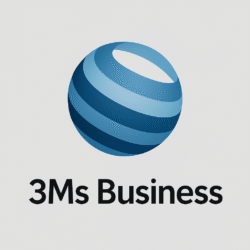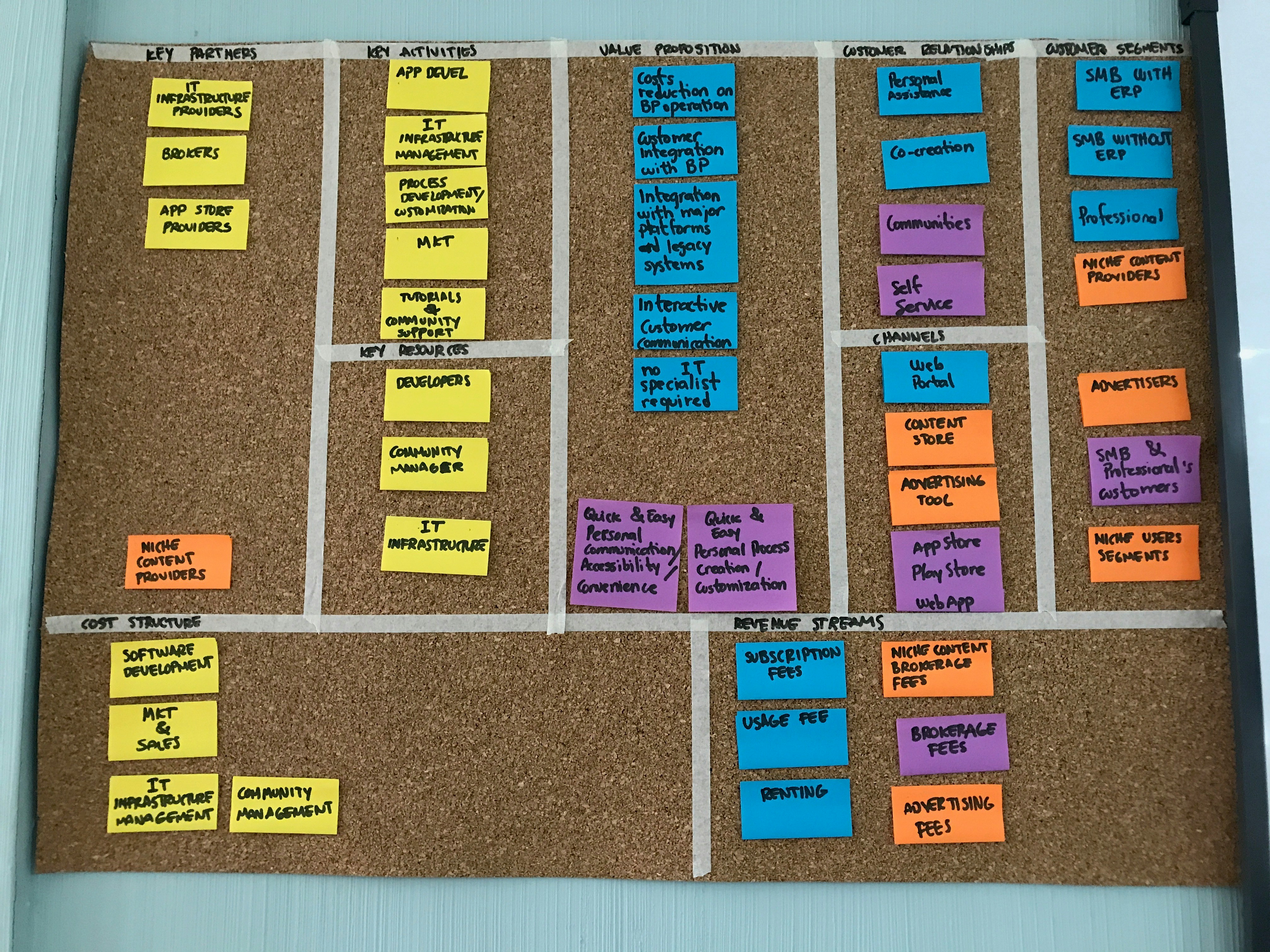
Understanding Profitability Analysis
A profitability analysis serves as a vital financial evaluation that shows how well a company makes profits relative to its earnings and costs and overall operational results. The analytical tool stands essential for business decision-making because it reveals financial health alongside operational efficiency information. Companies achieve better market positioning and operational improvement through their evaluation of multiple profitability metrics.
The three essential profitability metrics used in analysis consist of gross margin together with operating margin and net profit margin. A company can measure its production efficiency by calculating gross margin which shows the amount of revenue that exceeds the cost of goods sold (COGS). The operating margin represents earnings before interest and taxes as a percentage of revenue to show operational performance without non-operating expenses. The net profit margin reveals the percentage of revenue that becomes profit after subtracting all expenses and taxes together with costs. The business metrics demonstrate how well a company controls costs while providing industry and competitor comparison points.
Profitability analysis serves purposes that exceed financial metrics since it helps companies connect their organizational vision with their future financial objectives. Leaders use this analysis to discover operational strengths and weaknesses which helps them make strategic changes that boost profitability. The understanding of a company’s current profitability status helps businesses establish precise targets and determine resource distribution strategies that lead to growth and sustainability.
The implementation of visual tools such as charts and graphs helps businesses evaluate profitability patterns and comparisons through an easier-to-understand format across different time periods. The analysis enables stakeholders to recognize patterns through data which enables them to make strategic decisions for future profitability growth. Organizations that include profitability analysis in their regular business assessments will achieve enduring growth within an expanding competitive market.
The Role of Cost Control in Business Success
Financial management along with organizational effectiveness relies heavily on cost control which directly affects company profitability. Financial performance optimization occurs through expense monitoring and analysis followed by management to maintain predetermined expense limits. Businesses can both control their expenses and boost their profits by adopting budgeting systems and performing variance analysis and process optimization.
Budgeting stands as the main tool for cost control which demands businesses to develop precise financial activity plans. An effective budget framework enables organizations to distribute their resources efficiently by establishing precise performance targets. Financial progress tracking and cost projection analysis become possible through this practice which reveals areas where costs surpass initial projections. The process of variance analysis within budgeting requires financial results to be compared with established budget amounts. The analysis reveals financial discrepancies which leads to accountability and supports better decision-making processes.
The process of cost control heavily depends on process optimization as a fundamental method. Businesses that examine their operational procedures to find areas of inefficiency can create streamlined workflows which decrease waste and boost operational efficiency. A manufacturing company that implements lean management principles to remove production delays and reduce inventory expenses will achieve better profitability.
Multiple real-world examples demonstrate how effective cost control strategies create positive outcomes for businesses. A major global retailer achieved both lower operational expenses and market dominance through their strict cost management system. Their cost control methods which matched competitive positioning delivered better financial performance through enhanced operational efficiency and improved resource management.
Visual presentation tools including graphs and charts will improve understanding about cost control strategies and their relationship to profitability. Businesses that use these tools can develop transparent continuous improvement practices to keep cost control as a vital strategic component for enduring success.
Strategic Framework for Execution Roadmaps
Any organization that wants to improve profitability analysis and enhance cost control measures must create a strategic framework for execution roadmaps. Organizations need to begin this process by establishing precise strategic objectives. All strategic objectives need to be SMART to serve as solid bases for future planning and execution.
After organizations define their strategic objectives they need to focus on resource distribution. The execution of plans requires proper allocation of financial resources along with human resources and technological resources. Business organizations should study their present resource consumption to detect weaknesses which enables improved distribution methods. The planned resource distribution serves dual purposes by starting profitable projects while controlling costs effectively.
Performance monitoring stands as an essential part of the strategic framework. Organizations can track their progress toward objectives much better when they create key performance indicators (KPIs). Organizations need to perform regular evaluations of their KPI-based performance data to make timely changes to their roadmap. Real-time data analytics delivers profound insights to leaders which enables them to modify their strategies according to profitability targets.
The strategic framework requires organizations to implement continuous feedback mechanisms alongside adjustment processes according to best practices. Organizations need to establish an environment that allows employees to share their experiences while using feedback systems to develop strategies through real-world learning. Through adaptive strategic approaches teams can successfully address market changes and operational challenges which keeps their execution roadmaps both relevant and profitable.
To enhance the learning experience, embedded videos can provide visual explanations of this strategic framework. The identification of key takeaways will enable quick reference to important concepts while strengthening both understanding and application.
Promoting Profitability Strategies: Best Practices for Leadership
The modern business environment demands strong leadership for organizations to execute profitability analysis and cost control strategies successfully. A comprehensive method starts by creating clear organization-wide communication. Leadership teams should optimize their outreach media by developing messages which specifically target their target audience. The combination of appealing meta descriptions with purposeful keyword implementation throughout all communications leads to improved visibility and greater audience participation.
Leadership needs to use social media platforms as their primary tool to distribute profitability strategy information. Organizations can enhance stakeholder engagement through content optimization for LinkedIn and Twitter platforms when reaching employees and investors and customers. This method enables organizations to reach more stakeholders while demonstrating their financial health commitment through critical messaging. The combination of visual elements and infographic and video content within social media initiatives creates an engaging experience that boosts stakeholder interest and promotes interaction.
Organizations need to understand that responsive design plays a vital role when they distribute strategic content to their audience. The increasing use of mobile devices requires all shared materials to be accessible on different platforms which leads to better user engagement and improved understanding of profitability initiatives. A responsive design provides effective communication across all devices so the message reaches all stakeholders.
Organizations need to develop a workplace culture which makes financial health and accountability its top priorities. Leadership needs to implement proactive cost control measures and profitability analysis by making these concepts a regular part of operational activities. The organizational culture becomes stronger through financial objective training sessions along with workshops and ongoing financial communications. Leadership creates an environment of transparency and accountability which drives employee engagement toward sustainable profitability and cost efficiency.
- عزل بتقنية التفريغ الهوائي: يعتمد الجزء الداخلي لعبوة المياه العازلة على تقنية تيمب ارمور الفريدة مما يضمن الحفاظ على ال…
- عبوة بغطاءين: تأتي زجاجة المياه المصنوعة من الستانلس ستيل بسعة 64 اونصة مع غطاء مرن وغطاء بماصة، الغطاء المرن مثالي للشا…
- خامة ممتازة: مصنوعة من بلاستيك غير سام بنسبة 100% وخالٍ من مادة البيسفينول ايه ومن الستانلس ستيل المتين الآمن غذائيًا بد…



